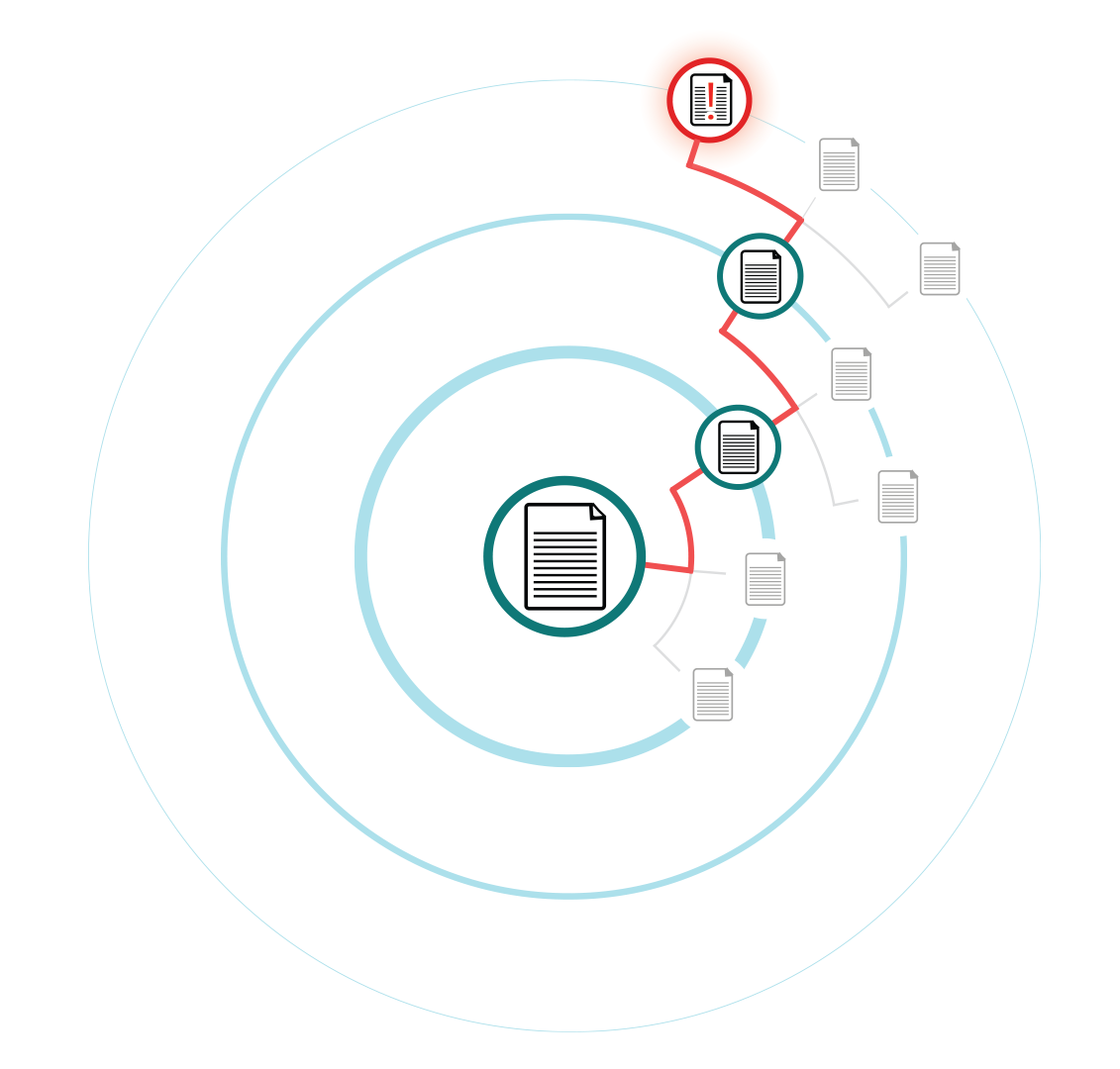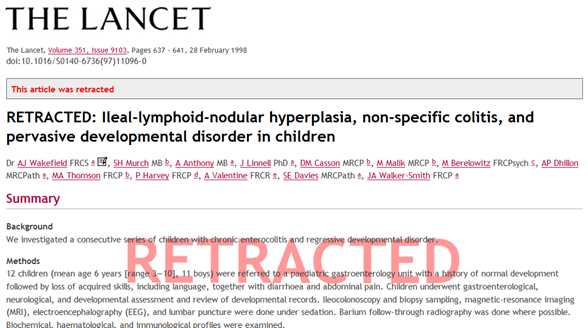Chrome Browser Plugin Now Updated!
Our new Chrome plugin is now available, with configurable alerts when a DOI is detected on a page you’re browsing!
Once the plugin is installed, you can click the puzzle piece on the top right of your browser ![]() .
.
Next, click on the RedacTek plugin that now appears ![]() .
.
Here, you can select which alerts you would like to receive:
Finally, when an article is detected on the page that matches your alert preferences, you can click the down arrow ![]() to see where the article is located in the page. The DOI will highlight briefly in red for your awareness.
to see where the article is located in the page. The DOI will highlight briefly in red for your awareness.
After you have viewed 3 articles, you will be prompted to log in to your RedacTek account. If you don’t already have one, you can sign up for free!
Features!
RedacTek’s generational source validation services include:
- Retraction notifications – We note when an article or source has been retracted, across three generations of sources.
- Browser Plugins – Starting with Chrome, we’re making browser plug-ins that will allow you to see RedacTek alerts for articles based on the DOI/PMID that appears on a browser page.
- Self-Citing Authors – When an author cites their own work as more than 25% of the sources for a given article, care should be taken to ensure there is a good reason to so exclusively rely on their own previous research to ensure nothing unethical has taken place.
- Crossref Data – Crossref allows for a fuller compliment of reference sources, along with a more complete store of DOI and PMID numbers.
- PubPeer Comments – This is where post-publication peer discussion takes place, which can help identify scientific concerns with a source prior to that source being retracted.
- Predatory Journals – Partnering with Cabell’s, we identify articles and sources published by predatory journals, who do not properly conduct peer-review of their publications (coming soon).
How to use RedacTek
When looking at an article page on RedacTek, the Paper Scorecard area gives you information about the article you have selected, as well as any issues with the article itself that have been detected.
We include the retraction reasons and any additional links to further information on the page itself. If there are PubPeer comments or author self-cites that make up 25% or more of the sources, you can click on the number to see more information.
Additionally, you can click on the journal’s name to see their history of published articles, with a yearly breakdown of the number of articles, their first-level sources, and the corresponding issues we have detected.
Next, we list the count of Potential Issues in Sources, looking at the primary sources the article cites, the secondary sources that those primary sources cite, and the tertiary sources that the secondary sources cite.
Below this we have the list of those primary sources, sorted so that the highest ratio of issues detected are at the top. This way, you can see which sources may be the most concerning, and thus may have an impact on the research you are conducting.
In addition to the article’s references, you can see all the papers that have cited the article, also sorted by the highest ratio of issues detected.
Retractions are good.
They mean science is correcting itself. They mean a publisher cares about the quality of research they share, that they are proper stewards of their scientific output, and want to correct misrepresented science in the field.
When retractions are good
if you are citing them to prove a point, or are citing a portion of the study that was not directly linked to the retracted section of a study.
When retractions are bad
if you cite them before they’ve been retracted and you assume that their findings are correct.
RedacTek won’t tell you which retraction citations are good or bad*
*at least not yet.
We give you to insight and tools to find retracted or unreliable sources, to give your data a strong foundation.
We check your sources for retractions.
RedacTek provides the research community with the tools to validate your sources to the third generation.
Our goal is to improve the integrity and relevancy of citations in the scientific research industry through data and trending analysis.

Why now?
The integrity of scientific research is in crisis. Articles can be retracted due to:
Plagiarism
Fraud
Data Errors
Bad Methodology
Retractions have increased dramatically in the past 10 years, illustrated by this chart of PubMed retraction notifications per year. This shows that the scientific research community is working hard to correct unsound science.
However, researchers need the tools to see the relationships between retracted data, understand why it was retracted, and how that relates to their own work. That’s where RedacTek’s generational source analysis can help.
EXAMPLE:
Vaccination debate
Lancet published an article linking vaccinations to autism in 1998. It was cited by 633 articles before retraction in 2010.
It has been cited 669 times since.
We protect you against the risk of leaning on retracted articles for your research.
Not realizing you are using retracted sources can lead to wasted research, lost funding, damaged reputations, and a negative impact of the lives of those who rely on your research.
For instance, when Andrew Wakefield’s article (tying the MMR vaccine to autism incidence) was retracted, he was stripped of his medical license, sued for neglectful misconduct, and accused of harming children in his study.
While there were years of critical response and debate about repeating his results, in the end, after 12 years of discussion, it was the sources he had cited that ended his career.
A reporter, Brian Deer, analyzed the sources that Wakefield cited in his article, and proved that they were invalid. It didn’t help that Wakefield cited himself repeatedly. RedacTek aims to address this outcome by analyzing the citation associations three generations deep, stopping the problem at the source.


